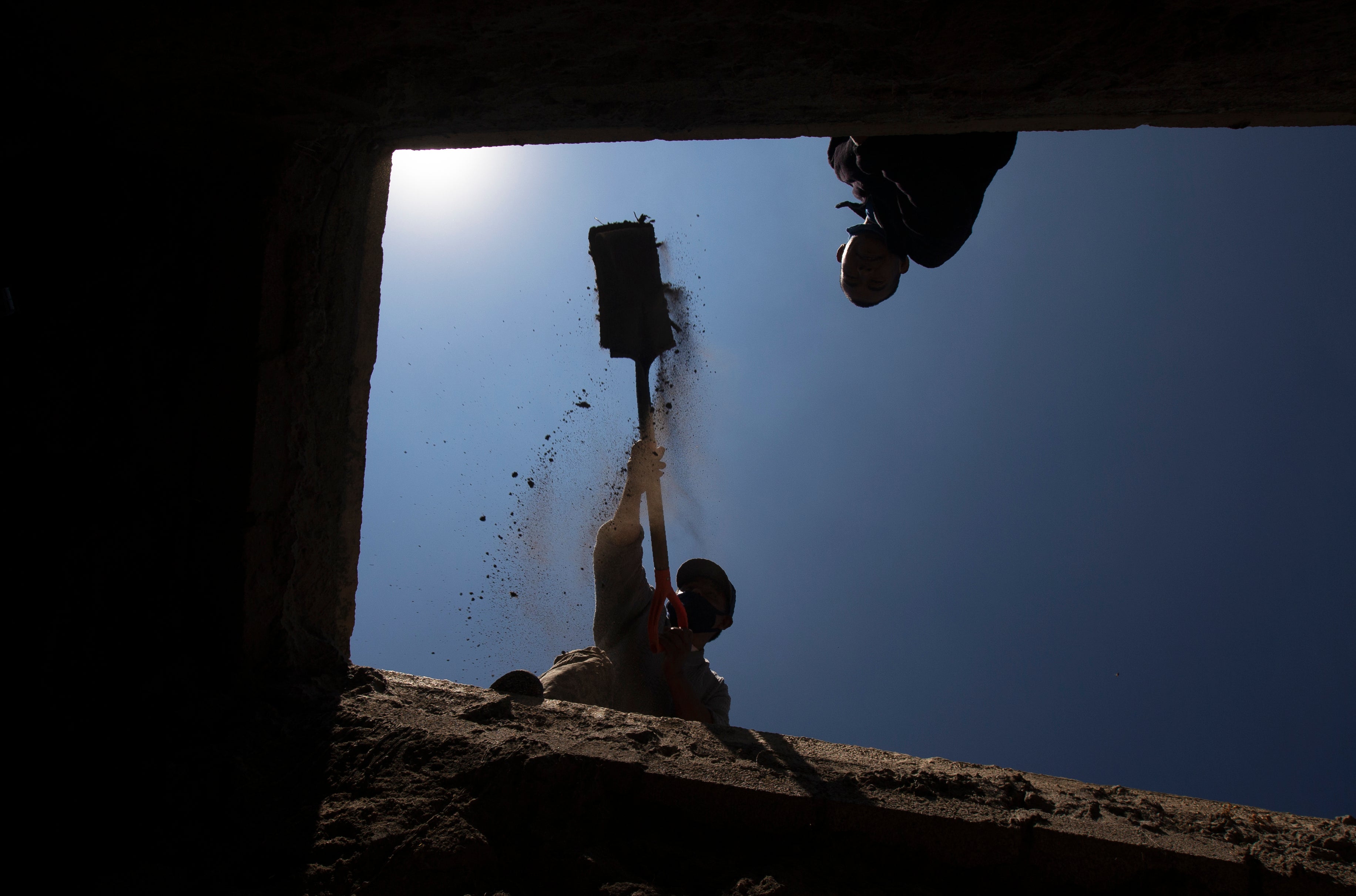AP PHOTOS: In Mexico, a quieter Day of the Dead under COVID

Your support helps us to tell the story
From reproductive rights to climate change to Big Tech, The Independent is on the ground when the story is developing. Whether it's investigating the financials of Elon Musk's pro-Trump PAC or producing our latest documentary, 'The A Word', which shines a light on the American women fighting for reproductive rights, we know how important it is to parse out the facts from the messaging.
At such a critical moment in US history, we need reporters on the ground. Your donation allows us to keep sending journalists to speak to both sides of the story.
The Independent is trusted by Americans across the entire political spectrum. And unlike many other quality news outlets, we choose not to lock Americans out of our reporting and analysis with paywalls. We believe quality journalism should be available to everyone, paid for by those who can afford it.
Your support makes all the difference.Mexico’s usually ebullient and colorful Day of the Dead celebration was quieter and lonelier than usual, with many cemeteries were closed to visits because of fears of spreading the coronavirus.
Mexican families often visit graveyards to decorate their relatives’ tombs with flowers and sing, talk and snack during the Nov. 1-2 observance. But this year, most had to make do with the traditional home altars that bear a photograph of the deceased and their favorite food, along with candles and marigold petals.
In a break with tradition, some altars of COVID-19 victims also included urns with their ashes.
That was the case of the altar to Dr. Guillermo Flores, one of over 1,700 medical personnel in Mexico who have died so far of COVID-19. He was the head of the intensive care unit at a local hospital and died Oct. 13 after battling the disease for a month.
“I never thought this year’s altar would be for him,” said his wife, Alexandra Valverde. Immigrants from Ecuador, where ceremonies for the dead are more solemn, the couple didn’t do much in previous years to mark the Day of the Dead.
Dr. Flores’ ashes lie in a white urn on the altar, which also commemorates his relatives. Still in mourning, the family doesn’t know yet where they will put them.
While most Mexicans still choose to bury their relatives, the pandemic — which has killed over 90,000 people in Mexico — has made cremation a more common option.
Nor has their ever been a disease that has taken such a toll on medical personnel.
For her altar, Mexico City resident Kenya Navidad made a traditional paper figure depicting the profession of the deceased: a small figure in a blue surgical gown and mask. It was for her husband Daniel Silva Montenegro, a doctor who died from symptoms related to COVID-19.